Diaphragm valves are flow control devices that offer precision regulation to liquid, gas, and semi-solid slurry flows alike. Diaphragm valves regulate the transport of process streams by sealing process flow lines, either partially or fully, with a flexible membrane that is stretched by an actuator. They differ from other control valves, like pinch valves, ball valves, and butterfly valves, which use different methods to regulate gas and liquid. Read More…
It is our primary goal that we are able to treat each and every customer as if they were number one in hopes of turning first time customers into lifelong connections as well as to exceed customer expectation one hundred percent of the time in order to keep you coming back to us for all of your diaphragm valve needs! To receive more information about our company get in touch with our customer...

At Aquamatic, we take pride in our commitment to engineering excellence and innovation. Our expertise lies in the design and production of cutting-edge diaphragm valves that set industry standards. With a rich history of delivering top-notch solutions, we, at Aquamatic, are dedicated to providing unparalleled performance and reliability in fluid control.

Watson-Marlow Fluid Technology is a leader in the diaphragm valve industry. Our expert team works side by side with our customers to ensure that our products fit their needs. For more information about our diaphragm valves, visit our website or give us a call today!

We manufacture a variety of butterfly control valves—stainless steel, lug, wafer butterfly valves, standard, custom, shut-off and more. ITT knows the various chemical, fluid and gas processes and engineers products accordingly. Our brand names include Fabri-Valve®, Richter™, Pure-Flo®.

More Diaphragm Valve Manufacturers
Diaphragm valves are flow control devices that offer precision regulation to liquid, gas, and semi-solid slurry flows alike. Diaphragm valves regulate the transport of process streams by sealing process flow lines, either partially or fully, with a flexible membrane that is stretched by an actuator. They differ from other control valves, like pinch valves, ball valves, and butterfly valves, which use different methods to regulate gas and liquid diaphragm valves are popular in a wide variety of industries, including agriculture, biopharmaceuticals, chemical processing, energy production, food processing, irrigation, medicine, mining, plumbing, pulp and paper, and water treatment.
History
The earliest diaphragm valves were made by the Greeks and Romans. They used them to regulate the flow and temperature of water used in hot baths. Early Greek and Roman diaphragm valves consisted of a leather diaphragm that sealed when an operator manually pressed the diaphragm into a raised section called a weir valves.
The diaphragm valves of these ancient societies were largely forgotten until the turn of the 20th century, when a South African mining engineer, P.K. Saunders, read about them while studying ancient history for fun. At the same time, he was attempting to design an improved underground mining valve system. This was because the ones people worked with bled money from leaky valves and frequently lost power. Inspired by the Greeks and Romans, Saunders fixed this problem by designing his own diaphragm valve. Recognizing that he had come up with something great, Saunders took it upon himself to take out several patents on his valve. Eventually, he licensed a number of different companies, allowing them to produce the diaphragm valve. The first American company to produce the diaphragm valve was the Hills McCanna Company, which started distributing them in 1931.
The next step in the journey of diaphragm valves was their union with new materials, like advanced elastomers and improved plastics. For a long time, diaphragm valves were operated manually, but eventually manufacturers largely switched over to automated valves. To make this happen, manufacturers began manufacturing diaphragm valves with actuators. Actuators made diaphragm valves more reliable and efficient.
Today diaphragm valve manufacturers make their products using a wide range of configurations and materials. Diaphragm valves are more well-made, trustworthy, and diverse than ever. For example, engineers have developed diaphragm valves so much that many are suitable for use in the bio-pharmaceutical industry. Only time will tell where engineers will take them next.
Design
Materials
The materials with which manufacturers make a diaphragm valve must be chemically compatible with the material flowing through the valve. They must also be durable. If the materials are not, the valve will likely sustain damage that can lead to product contamination. Materials and compositions they may encounter include adhesives, chemicals, cleaners, coatings, colorants, fuel, paints, silicones, and water.
Valve Body and Lining Materials
Manufacturers most often make diaphragm valve bodies from materials such as brass, cast iron, CPVC, PVC, stainless steel, and steel. They favor materials like stainless steel for the valve body because such materials are corrosion resistant, durable, and strong.
Also, to reduce friction and increase product longevity, manufacturers have the option of adding a body lining of a fluorine plastic or rubber.
Diaphragm Materials
The actual diaphragm is made of various elastomers, like polyethylene and polypropylene, and others like those used to line the valve mechanism. If the diaphragm will encounter highly abrasive materials, manufacturers can reinforce it with mesh fibers.
Considerations and Customization
When designing a diaphragm valve, manufacturers consider factors such as projected space and application diameter and dimensions, frequency of operation, media type, temperature and pressure ratings, process stream velocity, and required end connections. Based on these considerations, they can select the right type of valve, valve material, diaphragm material, valve shape and size, and valve controls. Manufacturers can customize any and all of these valve details to fit your application.
Features
Valves may be manual, automatic, pneumatic, electric, or hydraulic. Typically, they feature a body, piping, an actuating device (actuator), a stem, and a diaphragm. The body is spherical or cylindrical and contains both the actuating device and stem. The stem is a rod or piston.
The diaphragm sits in front of the stem. The piping, which is connected to the valve body, features a raised bump. Hydraulic fluid, compressed air, or manual turning action causes the stem to press down against the diaphragm. This causes the diaphragm to expand to a new depth, blocking the piping and the fluids that pass through it. This is the closed position. In the open position, the stem retracts, so that the diaphragm goes back to its original position and fluid can pass by.
Something to note about the actuator is the fact that it boosts the capabilities of clean valve operation because of the broad possibilities they offer. Clean valve operations are important to many of the applications for which diaphragm valves are used, and so many of them require enhanced valves, such as hygienic valves, biotech valves, or sanitary diaphragm valves.
Types
Diaphragm Check Valves and Diaphragm Control Valves
Diaphragm valves are separated into two major categories: diaphragm check valves and diaphragm control valves.
Diaphragm check valves ensure materials flow unidirectionally by employing a flexible membrane diaphragm.
Diaphragm control valves allow manufacturers to modify pressure, temperature flow rates, and liquid levels as they go along. They do so with the assistance of a diaphragm made of an elastomer film or membrane.
Seat Valves and Saddle Valves
In turn, check valves and control valves are further divided into two configuration groups: seat valves and saddle valves, or straight-way and weir valves, respectively.
Both of these valve types feature two or more ports through which materials flow. With both, one port serves as an inlet and at least one other serves as a place for exhaust to escape from the body. When the valve is not engaged, materials will simply flow in one port and out the other, but when it is, flow becomes restricted or completely repressed.
The main difference between seat valves and saddle valves deals with the alignment of their ports.
Seat valve bodies use a 90° bend to cause the directional change of a process stream as it moves around a corner. Essentially, seat valves create a nonlinear stream path. Most often, seat valves are used to facilitate angled flow in cistern or tank bottoms.
Saddle valves, on the other hand, direct flow with two ports that are located opposite one another. Essentially, saddle valves create and regulate a linear stream path. Typically, they assist pre-existing flow lines.
Aside from the difference in piping or tubing angle, seat valves and saddle valves are essentially the same. To begin with, they both consist of a spherical or cylindrical body, attached to the tubing or tank that requires the valve, which contains the actuation device and diaphragm. They both also have the same type of diaphragm. The diaphragm of both is thin at the edges and thick in the middle, a feature that permits easy stretching. It lifts up when the valve is opened, allowing for gases or fluids to pass. When the valve is closed, the stem engages the diaphragm by applying pressure. This pressure forces the diaphragm to move towards the opposite wall of the piping to create a flexible but effective flow barrier.
Additional Diaphragm Valve Types
Other diaphragm valve types include process valves, zero static valves, sanitary diaphragm valves, diaphragm solenoid valves, direct acting diaphragm solenoid valves, indirect acting diaphragm solenoid valves, shut-off valves, pneumatic diaphragm valves, and diaphragm actuated gate valves.
Process valves are any mechanical diaphragm designed to regulate, start, or stop a flow process.
Zero static valves are another diaphragm valve type that are great for clean operations, because they eliminate the opportunities for bacterial growth and flow stagnation.
Sanitary diaphragm valves help their users avoid product contamination. They are made from sterile materials that foster an aseptic atmosphere.
Diaphragm solenoid valves are a variation on the regular solenoid valve, which is an electromechanical valve used for flow control. Along with a solenoid coil, diaphragm solenoid valves usually feature rubber diaphragms situated inside of the valve body. They open and close against a hard seat. They may be direct acting or indirect acting.
Direct acting diaphragm solenoid valves change their diaphragm position only when the solenoid coil energizes. When this happens, the diaphragm opens or closes, depending if the valve is normally open or normally closed.
Indirect acting diaphragm solenoid valves, also known as pilot operated diaphragm solenoid valves, require diaphragm pressure to work. They change their diaphragm position when the fluid flowing through a valve gathers enough pressure. In other words, the media pressure acts as a pilot, directing the diaphragm position.
Shut-off valves are those valves capable of stopping, or shutting off, flow in a pipe using positive closure.
Pneumatic diaphragm valves are automated diaphragm valves that use pneumatic controls with an elastomeric membrane. They are popular because they only require the compressed air to expand and contract the diaphragm materials.
Diaphragm actuated gate valves are bi-directional flow safety valves. They combine the strategies used by diaphragm and gate valves to create an extremely reliable hybrid. They feature two floating seats, a slab gate, and a spring return diaphragm actuator.
Advantages
Diaphragm valves offer their users a wide array of advantages, making them a favored choice in various industries. To start, their ease of installation simplifies the setup process and reduces downtime during valve replacement or system modifications. Additionally, diaphragm valves are known for their reliability and easy maintenance, minimizing operational disruptions and reducing overall maintenance costs. Their robust design also enables them to resist corrosion and damage from harsh chemicals and even radioactive fluids, making them suitable for demanding applications where other valve types may fail.
Another significant benefit of diaphragm valves is their ability to prevent the entrapment of slurries, solids, and other contaminants, as there are no dead spaces or air pockets where these impurities can accumulate. This enhances the valve’s efficiency and ensures that the process fluid remains uncontaminated, making it ideal for critical processes where purity is paramount.
The diaphragm itself plays a crucial role in the valve’s performance. Acting as the sealing element, it provides a tight shutoff, ensuring leak-proof operation, even when dealing with abrasive or corrosive media. By avoiding direct contact between the valve body and the process fluid, the diaphragm reduces the risk of contamination and minimizes wear and tear, leading to an extended valve lifespan.
Moreover, diaphragm valves require minimal force to operate, resulting in low energy consumption and reduced wear on the actuator, which further contributes to their cost-effectiveness. Their simple construction and ease of maintenance also make them a preferred choice for plant operators and maintenance personnel.
Due to these numerous advantages, diaphragm valves find applications in diverse industries such as pharmaceuticals, chemical processing, water treatment, and food and beverage, where precise control, reliability, and fluid purity are essential factors in achieving efficient and safe operations.
Accessories
Various accessories are available for diaphragm valves, each serving specific purposes to enhance their functionality and adapt them to different applications. O-ring sealed bonnets, for instance, provide improved sealing and prevent leakage in high-pressure or high-temperature environments. Direct loaded bonnets, on the other hand, offer better control and precision, making them suitable for applications that require fine adjustments of flow rates or pressure.
Extended stems are additionally used to reach the valve’s operating handle or actuator, allowing for easier access in hard-to-reach or confined spaces. Furthermore, gearboxes provide mechanical advantage, making it easier to operate large diaphragm valves with high flow rates or those operating under high pressure. Meanwhile, positioners are used to precisely control the valve’s position, enabling automatic regulation and maintaining set flow rates or pressure levels.
Solenoids are electrical devices that enable remote or automated operation, making them ideal for applications that require frequent and rapid valve actuation. Mounting brackets secure the valve in place and allow for easy installation on various surfaces or structures.
The decision to use specific accessories for diaphragm valves depends on the specific application and operational requirements. For instance, in high-pressure or temperature scenarios, O-ring sealed bonnets might be necessary to ensure a tight seal and prevent leaks. Extended stems and gearboxes are preferred when valves are located in hard-to-reach areas or require additional mechanical advantage. Automated processes often benefit from solenoids and positioners to enable remote control and precise regulation.
In conclusion, the choice of diaphragm valve accessories is determined by factors such as operating conditions, flow rates, pressure levels, and automation needs. Consulting with valve experts or manufacturers can help identify the most suitable accessories to optimize the performance and efficiency of diaphragm valves in specific applications.
Proper Care
Proper care and maintenance play a crucial role in maximizing the benefits of diaphragm valves. Regular inspection and cleaning of the valve components are essential to prevent the accumulation of debris, scale, or other contaminants that could compromise the valve’s performance. The diaphragm, being the heart of the valve, should be closely monitored for signs of wear, such as cracks, tears, or loss of flexibility. Replacing worn or damaged diaphragms promptly ensures a tight seal, preventing leaks and maintaining the valve’s efficiency.
Following the manufacturer’s guidelines during installation is vital to avoid overtightening, which could lead to stress on the diaphragm and other components, potentially causing premature failure. By adhering to recommended torque specifications and proper assembly techniques, the valve’s integrity is preserved, ensuring reliable and consistent operation.
By caring for diaphragm valves appropriately, users can enjoy a range of benefits. The foremost advantage is enhanced reliability, as regular maintenance reduces the risk of unexpected malfunctions, unplanned downtime, and costly repairs. This reliability is particularly critical in industries where valve failure could have severe consequences, such as in pharmaceutical manufacturing or chemical processing.
Furthermore, well-maintained diaphragm valves deliver precise control over fluid flow or pressure, contributing to the overall efficiency of the system. The ability to maintain accurate and consistent process parameters leads to improved product quality and operational efficiency, ultimately translating into cost savings and increased productivity.
Another advantage of proper care is the preservation of fluid purity. Diaphragm valves’ design, with no contact between the process fluid and the valve body, makes them suitable for handling sensitive media without risk of contamination. Regular cleaning and maintenance ensure that the valve remains uncontaminated and performs optimally, making them ideal for critical processes that demand a high level of fluid integrity.
Moreover, diaphragm valves that are well-cared-for experience lower actuation forces and reduced friction during operation, resulting in improved energy efficiency. Over time, these efficiency gains translate into cost savings on energy consumption and potentially prolong the valve’s lifespan, making it a more sustainable and cost-effective choice for the long term.
In conclusion, proper care and maintenance are essential components of maximizing the advantages of diaphragm valves. By closely monitoring their condition, adhering to installation guidelines, and performing regular upkeep, users can ensure reliable operation, precise control, fluid purity, and energy efficiency, making diaphragm valves a reliable and preferred choice across various industries and applications.
Choosing the Right Manufacturer
If you are in the market for diaphragm valves, you get the results you want by pairing with a high-quality valve manufacturer or supplier. To assist you in locating such an entity, we have put together a comprehensive list of those diaphragm valve manufacturers we trust most. You will find company information, complete with profiles, wedged in between the industry info.
Before you start looking at manufacturers, though, we recommend you take some time to jot down your specifications. Make sure to include not only your technical specifications, but also things like your budget, your timeline, your delivery preferences, and your post-delivery support preferences (installation assistance, parts replacement, etc.). Once you have done that, you are ready to start looking for your manufacturer. As you browse, keep your specifications at the forefront of your mind. Select three or four diaphragm valve manufacturing companies in which you are most interested, and then reach out to each of them. Discuss your application at length; don’t be afraid to ask a lot of questions. One of the many signs of a good company is a helpful and engaging sales staff. If they are impatient with your questions, you might not want to work with them. Once you have spoken with each manufacturer, compare and contrast their services and offerings, and pick the right one for you.

 Diaphragm Valves – Burkert Fluid Control Systems
Diaphragm Valves – Burkert Fluid Control Systems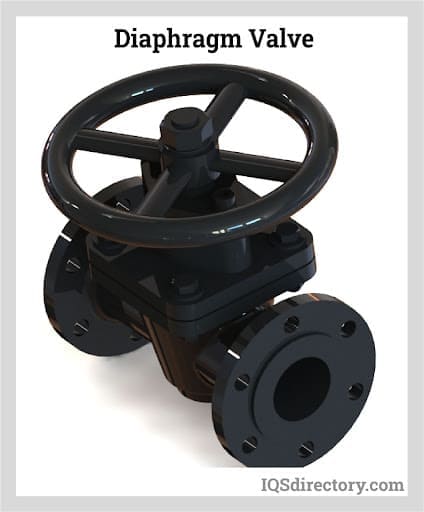
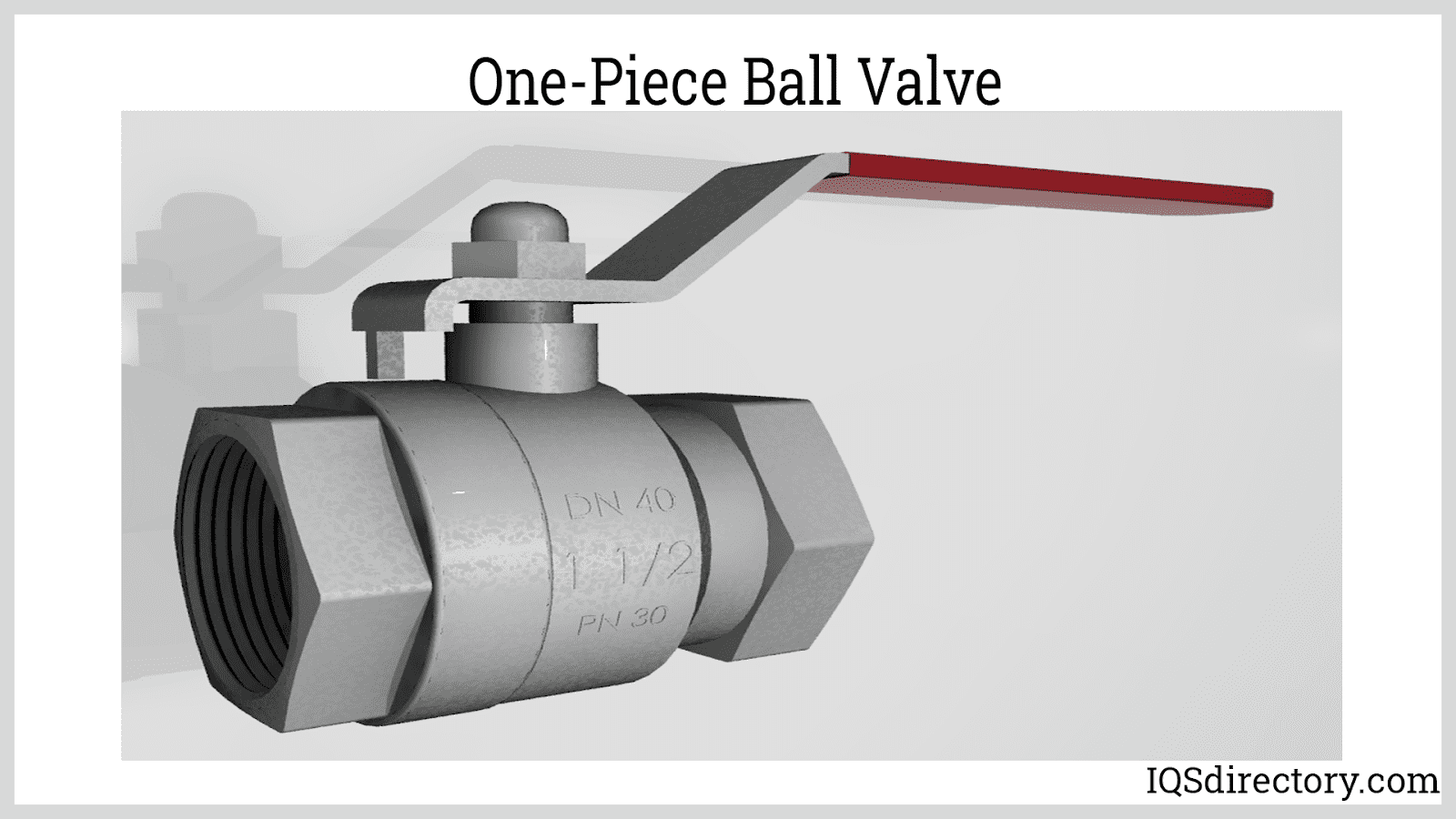
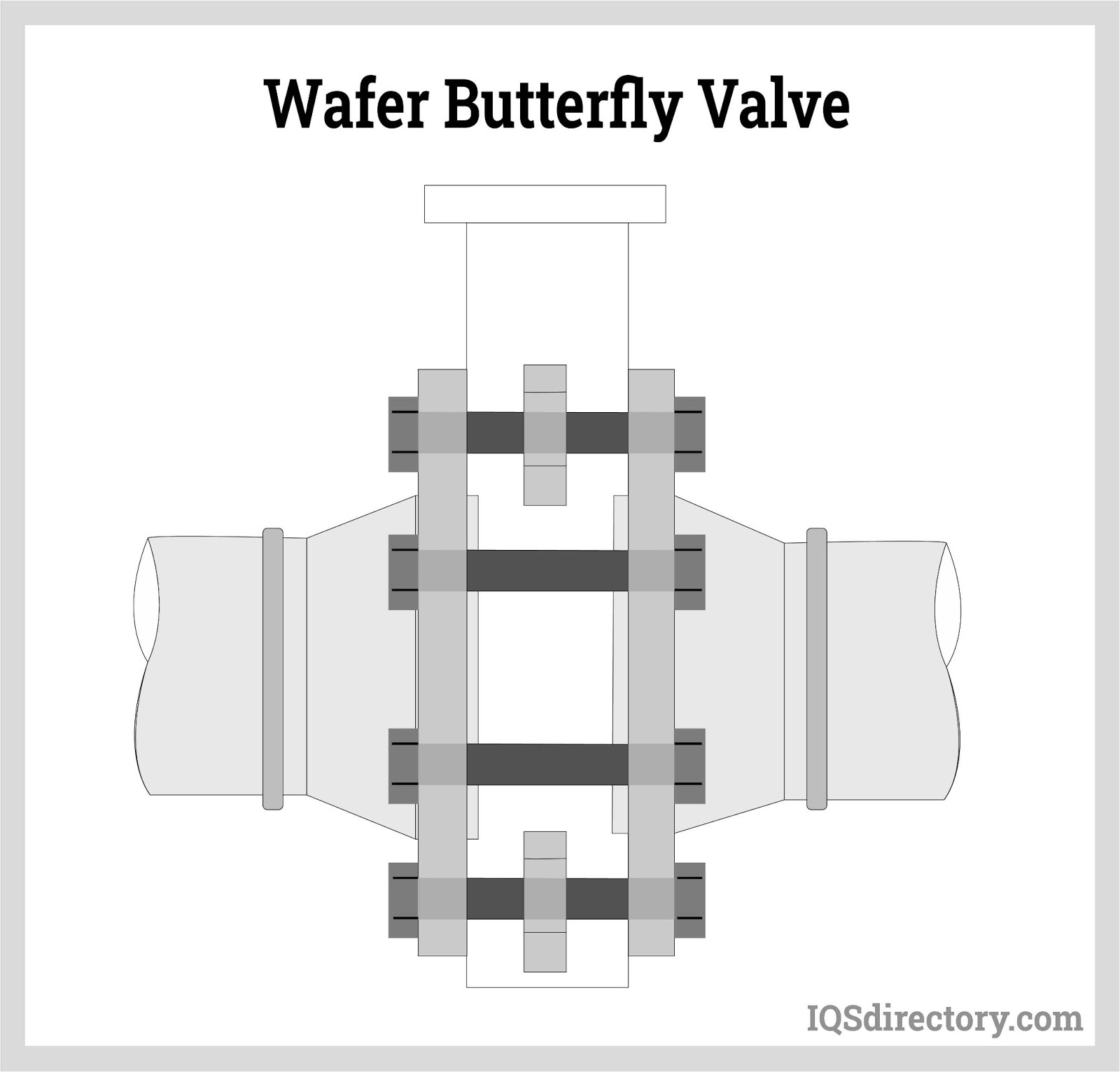
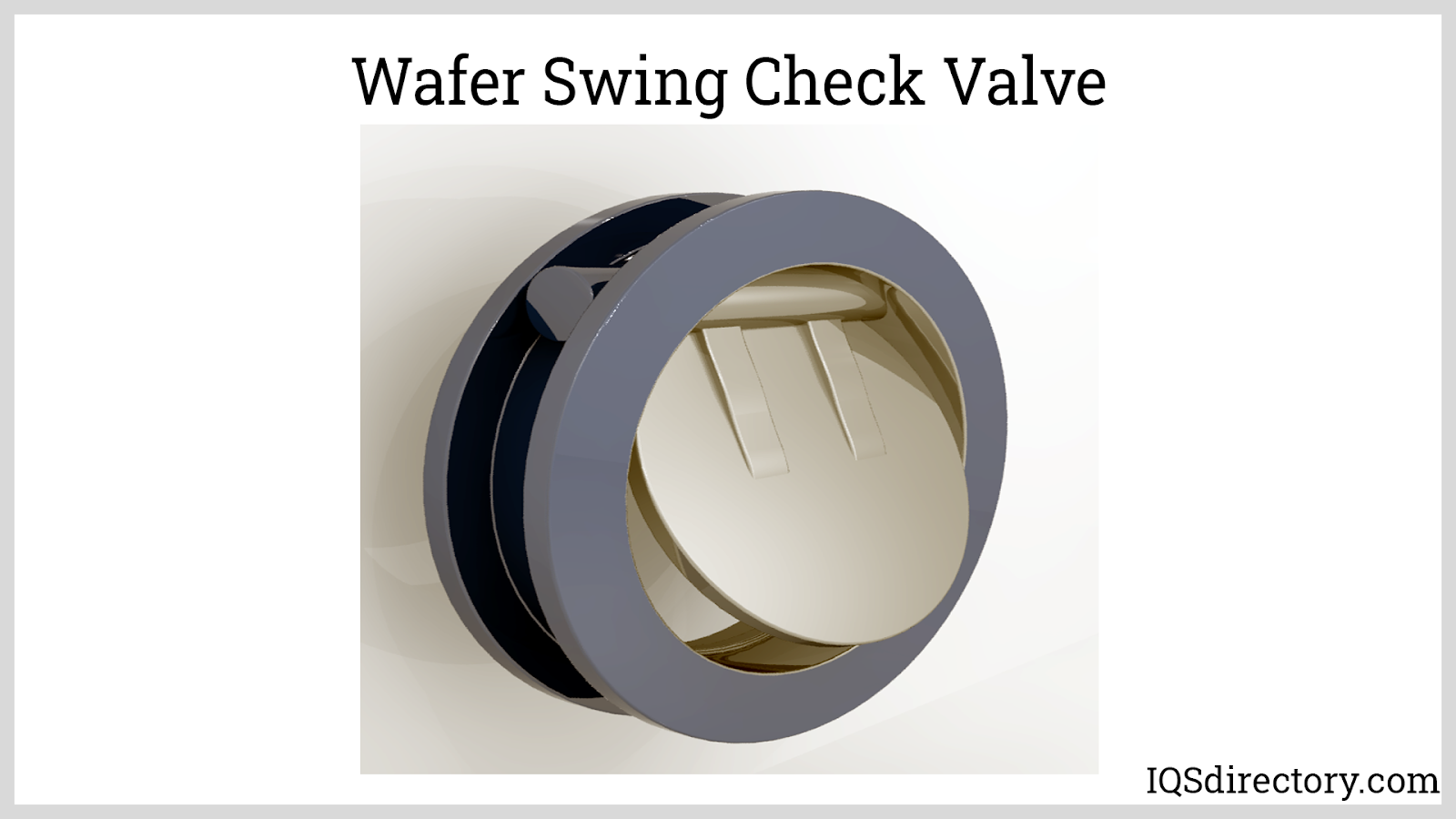
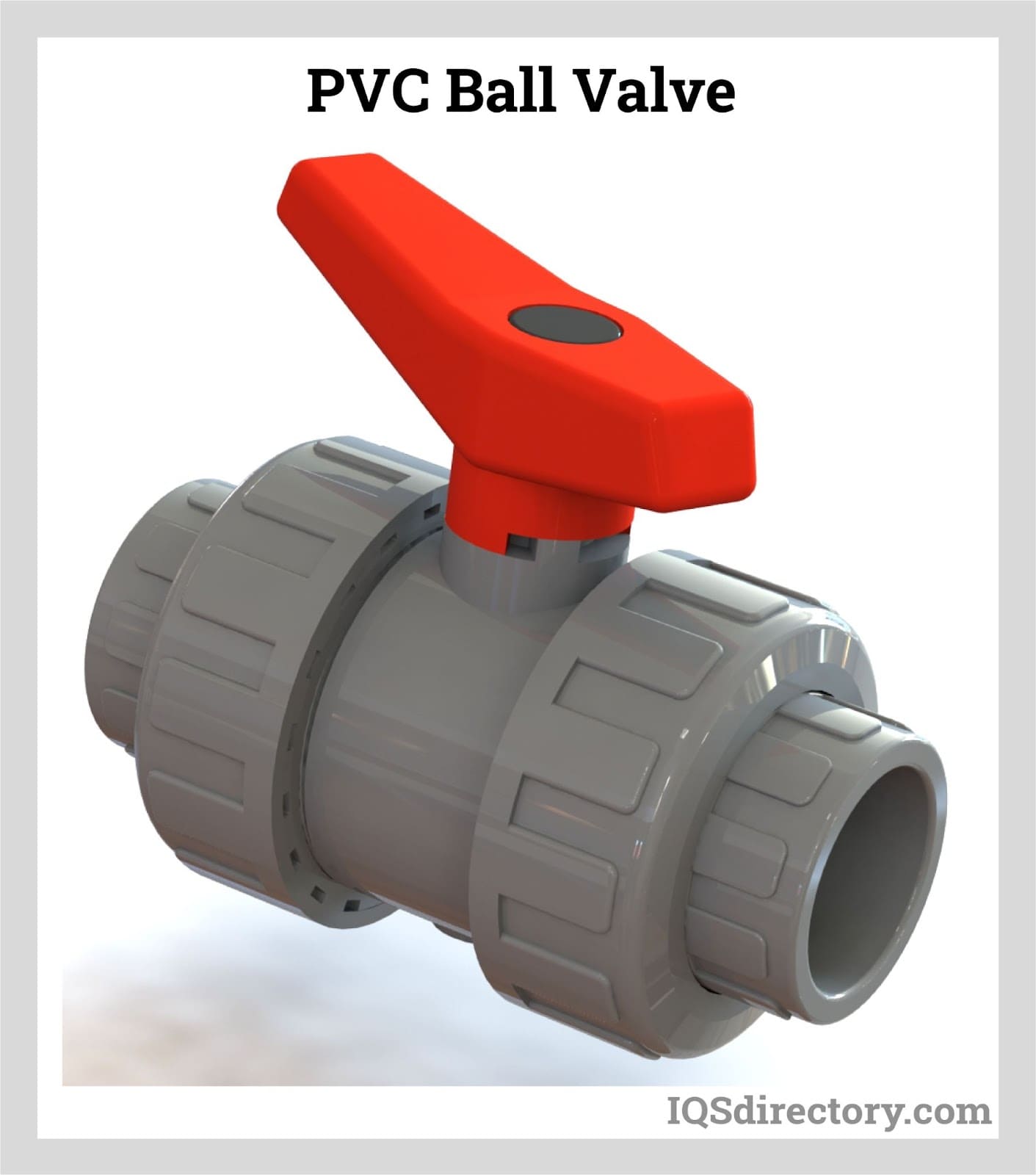
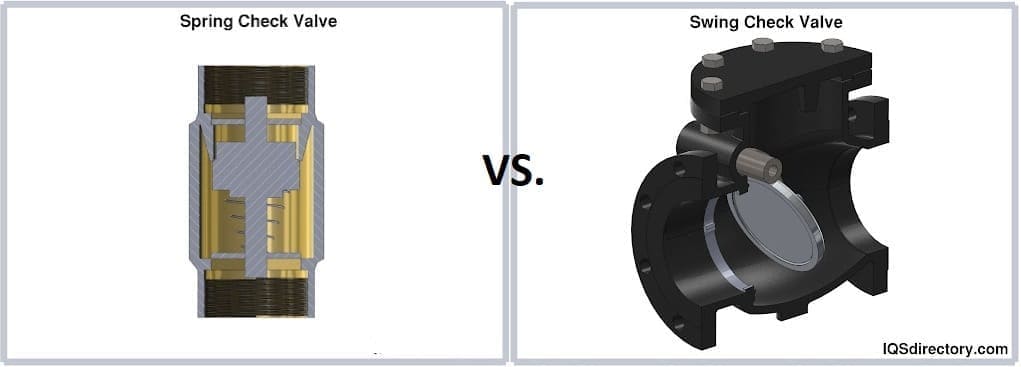
 Ball Valves
Ball Valves Butterfly Valves
Butterfly Valves Centrifugal Pumps
Centrifugal Pumps Check Valves
Check Valves Diaphragm Valves
Diaphragm Valves Flow Meters
Flow Meters Hydraulic Pumps
Hydraulic Pumps Hydraulic Valves
Hydraulic Valves Metering Pumps
Metering Pumps Solenoid Valves
Solenoid Valves Vacuum Pumps
Vacuum Pumps Castings & Forgings
Castings & Forgings Bulk Material Handling
Bulk Material Handling Electrical & Electronic Components
Electrical & Electronic Components Flow Instrumentation
Flow Instrumentation Hardware
Hardware Material Handling Equipment
Material Handling Equipment Metal Cutting Services
Metal Cutting Services Metal Forming Services
Metal Forming Services Metal Suppliers
Metal Suppliers Motion Control Products
Motion Control Products Plant & Facility Equipment
Plant & Facility Equipment Plant & Facility Supplies
Plant & Facility Supplies Plastic Molding Processes
Plastic Molding Processes Pumps & Valves
Pumps & Valves Recycling Equipment
Recycling Equipment Rubber Products & Services
Rubber Products & Services